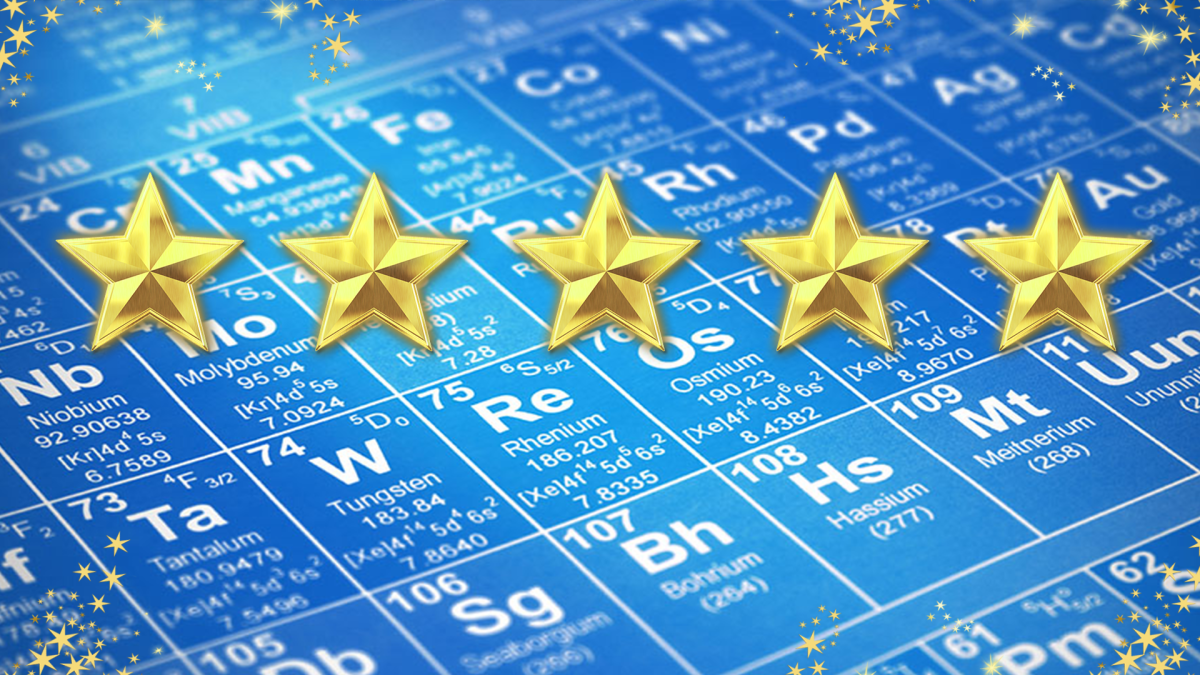
Flame Test Lab
by Amanda Stalvey Harrison
The quintessential chemistry lab, Flame Test Lab! Students will use spectroscopes to identify the component photons of light that are emitted from Spectrum Tubes and Flame Tests. Students will learn to use the Spectroscopes in the Gas Tube Spectrum demo and compare what they see to the teacher's spectra sheet.
After practicing with the spectroscopes, students get to take their skills into the lab to conduct flame tests and identify the line spectra for each metal compound. Lastly, students will match and identify the unknown solutions by comparing the line spectra and flame colors.
Lesson Plan Link/URL
https://docs.google.com/presentation/d/1tM7AGH7BoLF85VpEDzl7qMHtVxbjXc3P/edit?u…Subject Area
Science Physical Science P1: Matter P4: Energy Transfer Technology 2. Digital Citizen Mathematics Measurement and Data (MD) Expressions and Equations (EE) Algebra (A)
Featured
Off
Related Content

Grades:
9th Grade, 10th Grade, 11th Grade, 12th Grade
This lesson uses a Modeling Instruction approach to developing the graphical and mathematical relationship commonly known as Newton's 2nd Law for students in Grades 9-12. Students design an experiment

Grades:
6th Grade, 7th Grade, 8th Grade, 9th Grade, 10th Grade, 11th Grade, 12th Grade
Are your students fans of Formula 1? If they are or aren't this lesson will take a look into the dominance of Red Bull Racing in Formula 1. Why is Red Bull so dominant? Is it the driver or the

Grades:
9th Grade, 10th Grade, 11th Grade, 12th Grade
The first rule in the chemistry lab is “don’t eat or drink or lick anything in the lab”! This lesson breaks those rules and shows students how culinary is really a practical application of chemistry